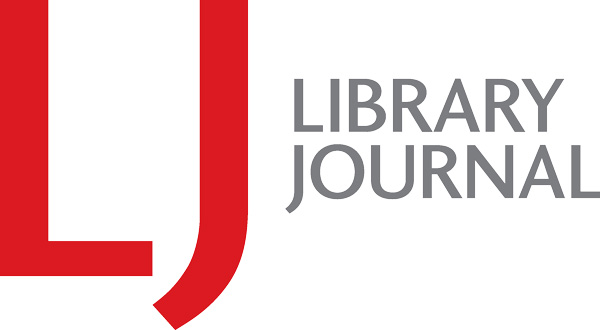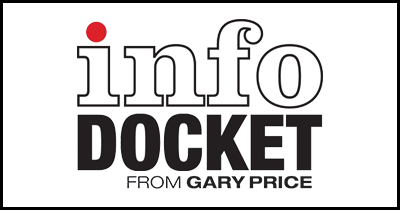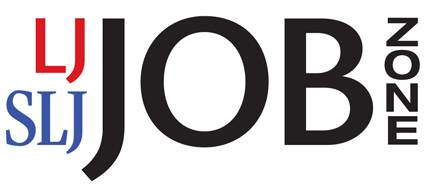DigitalLiteracy.gov Launches and We're Disappointed (Things Can Only Get Better)
Earlier today, the National Telecommunications and Information Administration (part of the U.S. Dept. of Commerce) launched its DigitalLiteracy.gov portal. You can read about the site here.
This is a great idea and an important resource that either the government or some organization that deals with information access should have developed years ago. We’re glad the site is available, but disappointed at the limited presence of the library world on the site — at least as of today. We’re not surprised this happened…just disappointed. This is yet another opportunity for libraries and librarians to shine using our training and skills. Let’s make sure others know this not only by the library world telling them but also by showing them.
We would have hoped that while the site is receiving a lot of attention during its launch, the library world would have been all over it, wowing visitors with the quality and depth we can provide.
One thing is for sure, nothing online today is going to wow visitors. The portal is mediocre and library/librarian generated material could have helped. Things can only get better.
This doesn’t mean that library-built tools and documentation aren’t included on DigitalLiteracy.gov. (IMLS and MedlinePlus from NLM are two noteworthy exceptions.) However, there easily could have been more library-developed training tools and guides online as the site launched. First impressions are important.
We must do more to let users know that a growing number of resources once accessible only inside the library building are now available 7 x 24 x 365. That often includes the information professionals who work at the library who can help with specific research needs, provide training, etc. Libraries are about books, of course, but are also heavily involved with other research tools and formats, not to mention training and community programming, and they have always been a place to collaborate with others.
Part of our concern is about not getting left behind when we are ready, eager — and have the skills — to play a MAJOR role in promoting digital literacy. Since the IMLS is a member of the working group responsible for this portal, we would hope that information professionals will not be overlooked or politely pushed to the side.
The period from the the mid-1990s through today should have been a golden age for libraries and librarians, given the dramatic increase in information, its availability, and new tools to manage and organization it . However, for much of this time period, we’ve been confronted — over and over again — with library funding issues. For a variety of reasons — some obvious, many unknown — this “golden period” never really happened. Sadly, that is despite the fact that the amount of time it once took to get to a library, locate an article, photocopy the article and return home can now better be spent by the user to check a few extra electronic resources to make sure he or she is getting everything needed.
Of course, this means users need to have the knowledge and skills to understand and use these diverse information resources in a reasonably effective manner.
For one thing, this portal could have included the Library Locator database — a government-produced resource — with explanatory text about the ability of the librarians at your local library to help you improve your digital library skills, and the fact that your local library can also provide you with a range of high quality databases accessible from home, office, or anywhere else with an Internet connection. All you need is a (free) public library card.
By the way, if you’re wondering how many times the word “librarian” is used anywhere on this site…well, it’s two.
Another example — along with the Google search basics guide linked in the directory, why not include some web search tutorials from other people and groups — from info pros and from search engines other than Google. After all, digital literacy often involves using more than one source rather than relying on just one — i.e., Google.
The portal could also benefit from a selection of entries with direct links to some of the high quality digital literacy materials that libraries, library organizations, and librarians create and maintain. How about a video or two? Case studies? Research? Webliographies?
Along with the IMLS and MedlinePlus materials, you’ll also find:
1. A link to ALA’s Learning Roundtable. Excellent. However, instead of providing a link to the home page and a link to an article by the one and only Bobbi Newman, why not also provide a few direct links to specific resources from ALA Learning and/or a few links to services This could save the time of those who want to learn more, and prevent inexperienced or timid users from getting lost.
2. A directory entry for The California School Library Association (CSLA). It mentions that they provide training material. But, again, there is just a link to the CSLA homepage and no direct links to the resources. Will potential users take the time to hunt for the links? On the far right side of the CSLA entry is a box that says, “Contributor’s Resources.” Maybe this is the “golden” link? Unfortunately, no. It basically takes you back to where you just came from one click earlier. Oy!
3. An interactive database aimed at educators. This can also help general users find material for specific needs. When we searched for help with general web searching, we were taken to this page. Cool? No, not really. Many of the items listed don’t really have much to do with web search. Which is sad, since there are so many useful guides, slide presentations, and video screencasts available online — free and easily accessible.
Here are two resources that should have been included in the directory at launch:
A. Great Web Sites for Kids from ALSC. This excellent directory of resources demonstrates many digital information skills. As users browse the sites in the directory, they can also review the criteria used to make selections for “Great Websites…” The same thing goes for the collection development policy offered by the Internet Public Library.
B. The other “missing” resource is one used by information professionals — ERIC. It includes a wealth of material (one example) about information/digital literacy — especially how to teach it — and it’s a service of the U.S. Department of Education, a member of the Digital Literacy Working Group.
As the DigitaLiteracy.gov portal evolves, we can only hope the entire information profession (including professional organizations) speaks up OFTEN and LOUDLY to make sure that info pros play a key role in something so important.
Finally, as we wrote a couple of weeks ago, perhaps it’s time that tackling digital literacy becomes the next “big thing” for the library world instead of a new piece of technology.
See Also: Fast Facts About Digital Literacy in America (PDF). Some numbers to illustrate the problem.
And a few questions:
1. What role do the government organizers of the digital literacy “movement” see for libraries now and in the future?
2. Do they believe that the specialized education info pros receive is ideal for much of what they want and need to do?
3. Are many library organizations willing and able to help? Can vendors also assist?
4. On the local level, do libraries have the resources (or will they be given the resources) to participate?
Filed under: Academic Libraries, Associations and Organizations, Companies (Publishers/Vendors), Digital Collections, Funding, Interactive Tools, Libraries, Patrons and Users, Public Libraries, Resources, School Libraries
About Gary Price
Gary Price (gprice@gmail.com) is a librarian, writer, consultant, and frequent conference speaker based in the Washington D.C. metro area. He earned his MLIS degree from Wayne State University in Detroit. Price has won several awards including the SLA Innovations in Technology Award and Alumnus of the Year from the Wayne St. University Library and Information Science Program. From 2006-2009 he was Director of Online Information Services at Ask.com.


